
Советские военные наблюдатели на манёврах Рейхсвера, 1927 год.

Заключенные-индейцы на остановке рядом с Южной Тихоокеанской железной дорогой, недалеко от реки Nueces, штат Техас, 10 сентября 1886 года. Среди тех, кто на пути в изгнание во Флориде Natchez (в центре спереди) и, справа, Geronimo и его сын.

Освобожденные заключенные опустошили склады администрации лагеря и отпраздновали освобождение хорошим вином, Дахау, апрель 1945 года.

Археологи за обедом в гробнице фараона Рамсеса XI, Египет, 1923 год.
Лорд Джордж Карнарвон, финансировавший раскопки, неожиданно умер 5 апреля 1923 года в Каире от воспаления лёгких, естественно, практически сразу возникли мистификации вокруг его смерти. В последующие годы пресса усиленно подогревала слухи о «проклятии фараонов», якобы приведшего к гибели первооткрывателей гробницы. Вопреки расхожему мнению о проклятии, факты свидетельствуют о том, что все доказательства были подогнаны для достижения газетной сенсации: абсолютное большинство участников экспедиции Картера достигли преклонного возраста, а средняя продолжительность их жизни составляет 74,4 года. Говард Картер (на фото второй справа), непосредственно руководивший всеми работами в гробнице, казалось бы, должен был пасть первой жертвой «проклятия фараона», однако он скончался последним — в 1939 году в возрасте 64 лет, в своей постели и в силу естественных причин.
Кстати. Угадайте, кто делал эту фотографию? Правильно — Лорд Карнарвон.

Замена лампы на улице Лондона, Великобритания, 1890-е.

1917-1921 гг.

Бирмингемские бандиты Peaky Blinders (Острые козырьки), 1890-е.

Восхождение на Монблан, 1890-е.

«Самое ужасное, что люди, закончив одну войну, начинают готовиться к другой.» Вольф Мессинг.

Трёхуровневое пересечение железных дорог в г. Ричмонд, штат Вирджиния, США, 1950 год.

Удостоверение чекиста, Москва, 1919 год.

Рейхстаг в огне, 1933 год.
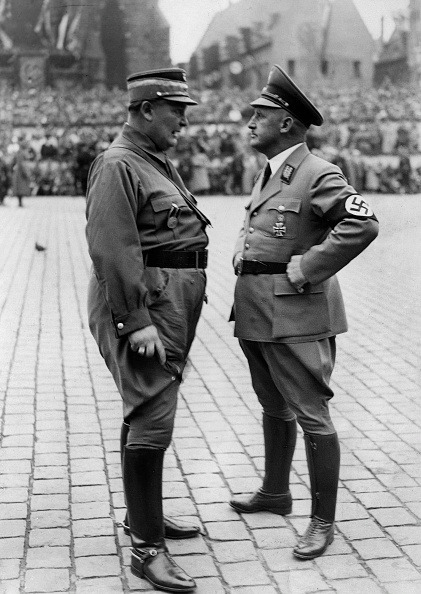
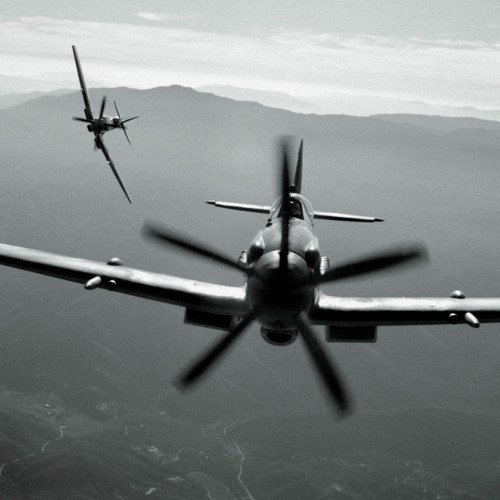
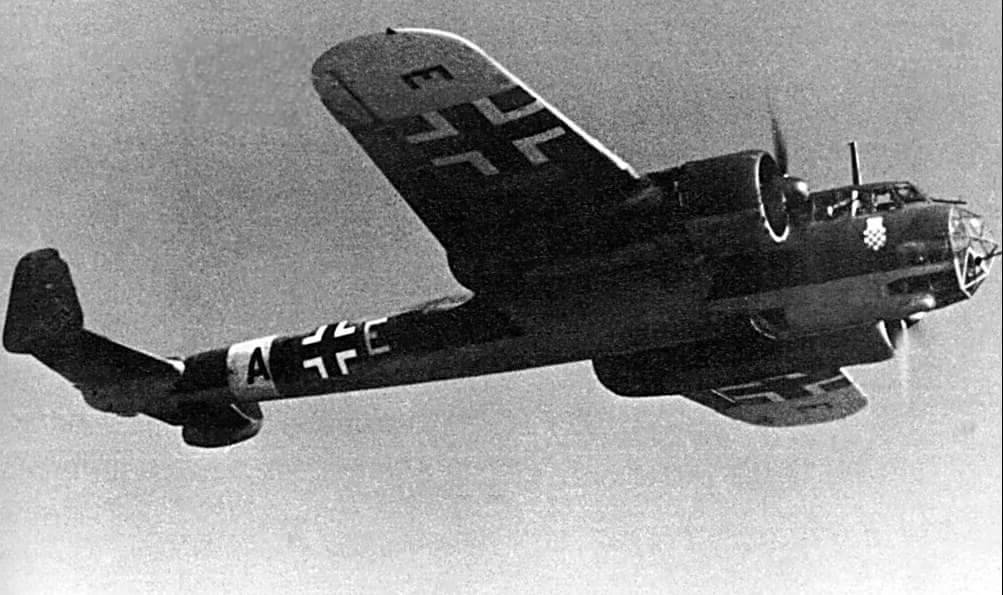
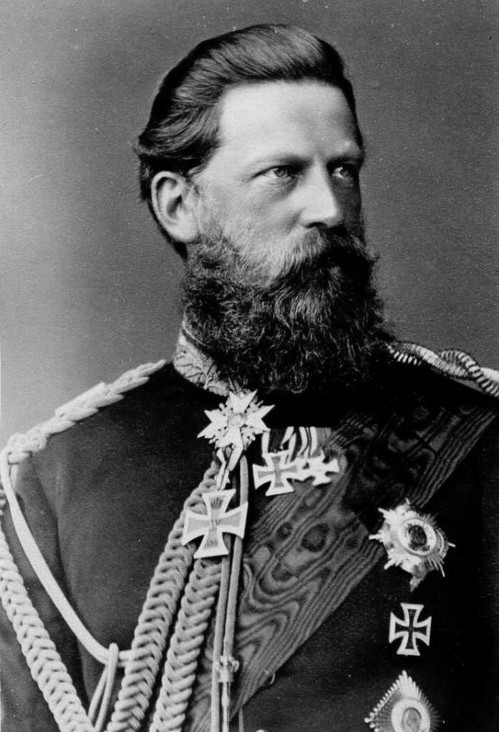
His Imperial and Royal Highness The German Crown Prince, Crown Prince of Prussia.
well first off let’s get a round of applause for Germany
It’s the only country that went into WW1 with a proper hand grenade, the Kugelhandgranate M1913, which is a pretty straightforward fragmentation ball of hurt with a time fuse.
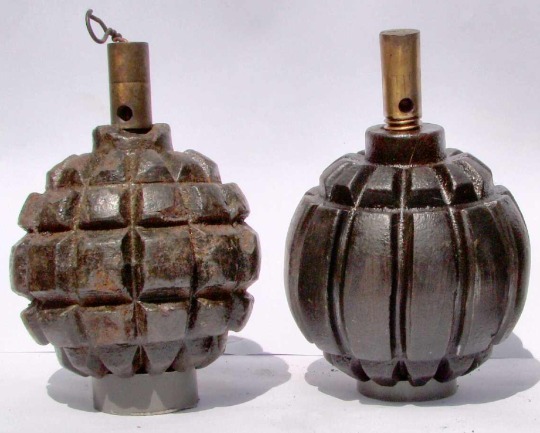
now on to the iconic potato masher ; remember like two seconds ago when I told you that zee Germans were the only one that went to war with proper hand grenades ? That’s what most other nations used in the meantime :
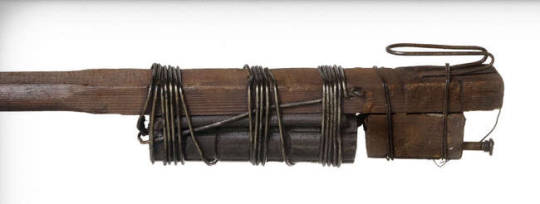
meet the pétard-raquette, aka the firework stick more or less. Germans weren’t actually above making some of their own, and this is what led to one of the most recognizable piece of military hardware that ever saw the battlefield. Because there’s one redeeming quality in this monstrosity, its handle, allowing for greater range.
This was thus adapted in 1915 to a conventional cylindrical warhead fitted with a modern friction time fuse.
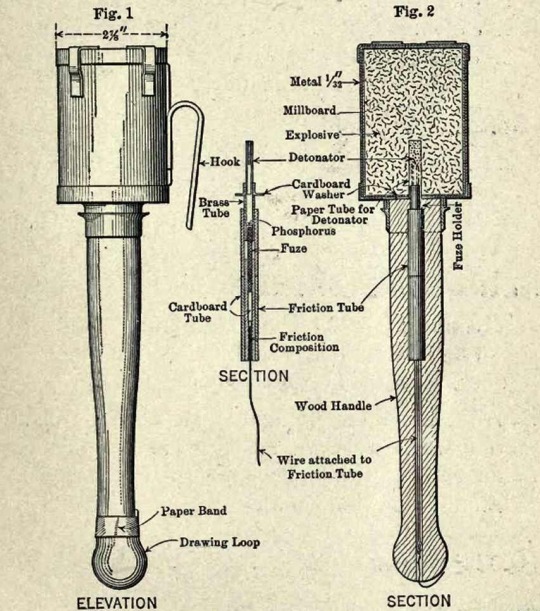
to arm it, you just had to break the paper seal and give a sharp tug on the cord, which frictionated the shit out of the primer and gave you five seconds to throw the thing away.
this design of course was not without its disadvantages, not the least of which was its size. Although lighter than the Gugelhupf grenade we saw earlier, and even with the metal hook to fasten it to your belt, carrying more than two was about as comfortable as carrying as many toilet plungers.
there’s actually a stick grenade from that ear with a ceramic head that looks like a toilet bowl but I can’t seem to find it anywhere, a percussive design if I remember correctly. It might have been a fragmentation sleeve as these designs generally had a poor blast radius, as concussive grenades tend to have.
but I digress.

in the same year Germany developed a percussive model, after observing that stick grenades very often landed on their heads, but this did not gain much traction as they also tend to hit the back of the trench you’re throwing it frow, a common accident which also plagued the British No1.
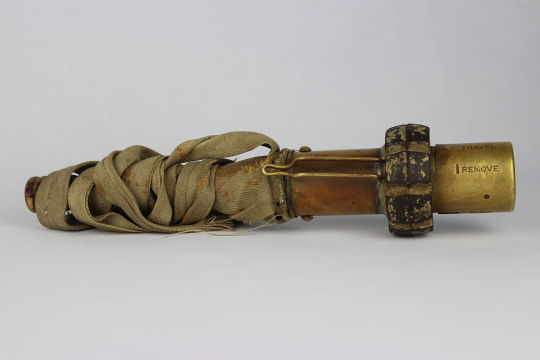
strangely enough it features the same spoon-like lever found on French P1 pear grenades
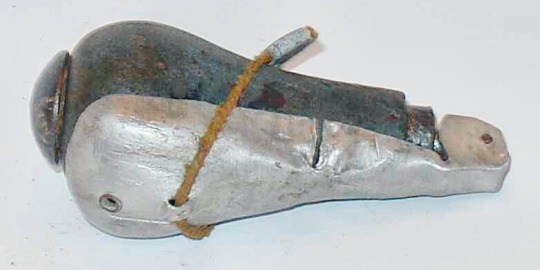
Finally in both 1916 and 1917 the Stielhandgranate was upgraded with better more compact explosive, reducing the size of its head for the same if not a superior amount of concussive force. It’s also in 1916 that it received it’s screw bottom plug rather than a cheap paper seal to keep the cord safe, with serrations to help the common muddy slippery infantryman.
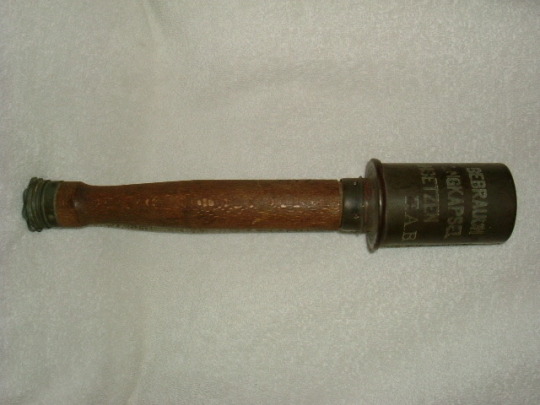

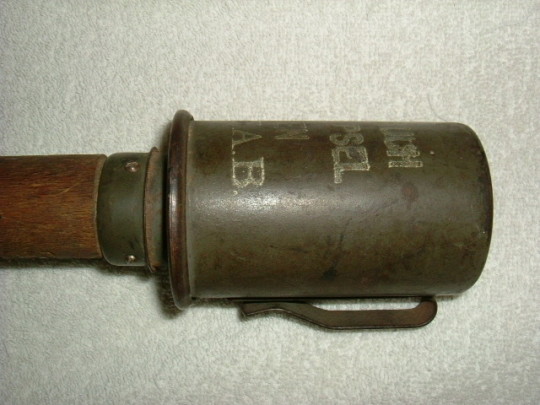
an efficient assault grenade design, it became part of the legendary pictures of Sturmtruppen crossing no-man’s land, knowing their victory was assured with their trusty explosive toilet plungers.

Караван верблюдов, Палестина, 1919 год.
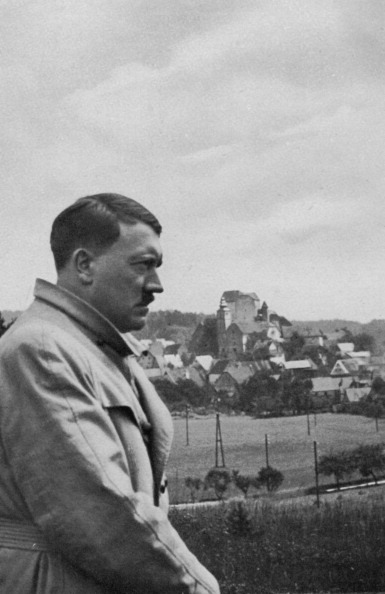
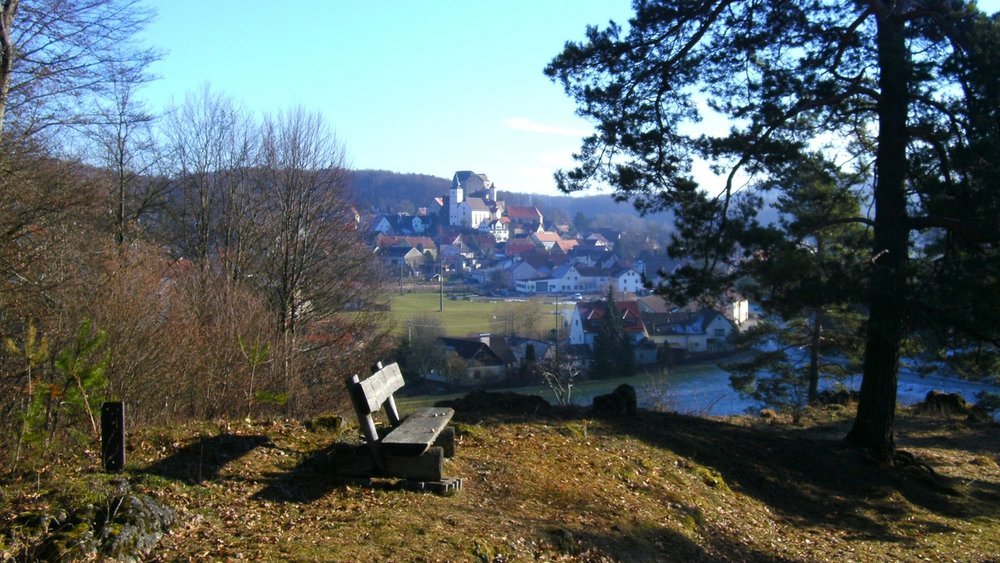

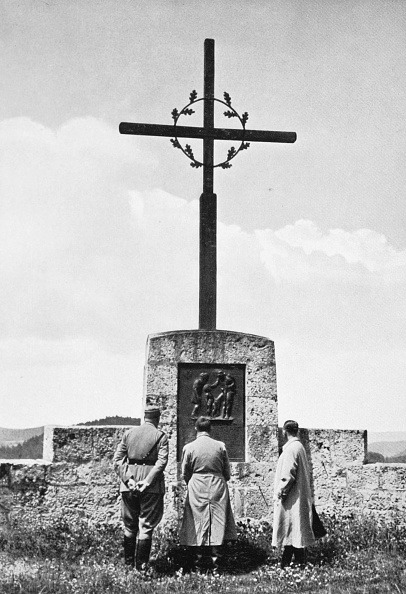
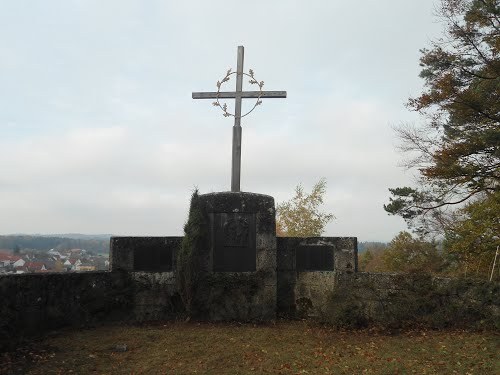





2024
Подробнее
Возврат
Подробнее
Возврат
Подробнее
БОИ ЗА БАСТОНЬ ГЛАЗАМИ НЕМЦЕВ
Подробнее
За что командир советской подлодки "Щ-408" получил орден Британской империи
Подробнее
За что командир советской подлодки "Щ-408" получил орден Британской империи
Подробнее
Германо-советский договор о дружбе и границе между СССР и Германией
Подробнее
Германо-советский договор о дружбе и границе между СССР и Германией
Подробнее
О пророчествах весны 1941-го.
Подробнее
Подборка
Подробнее